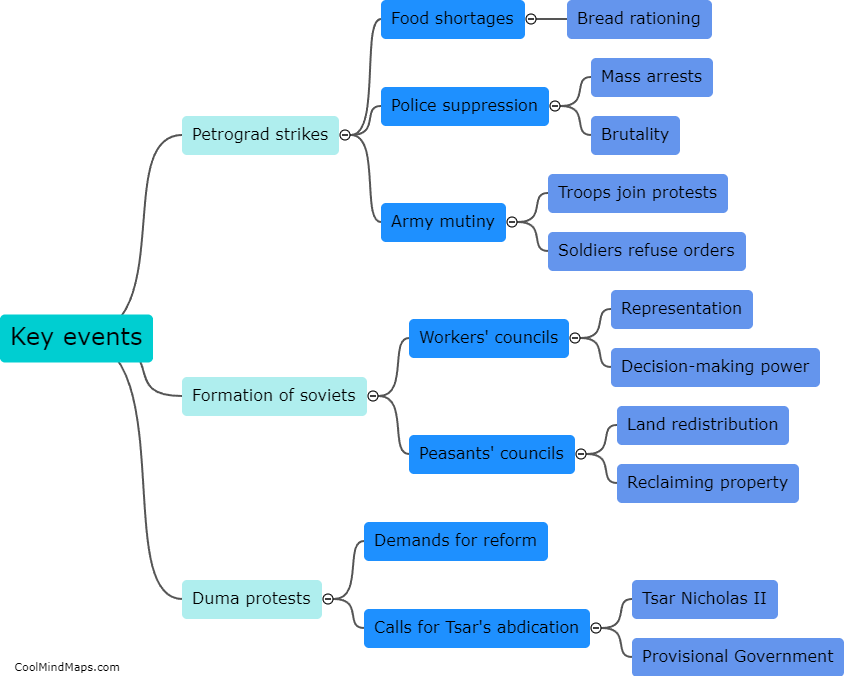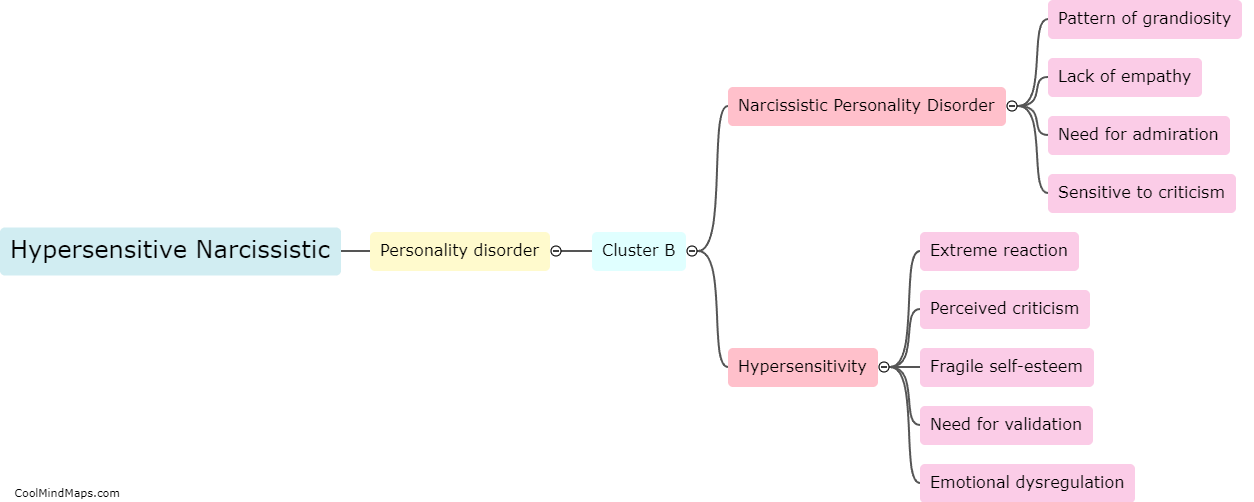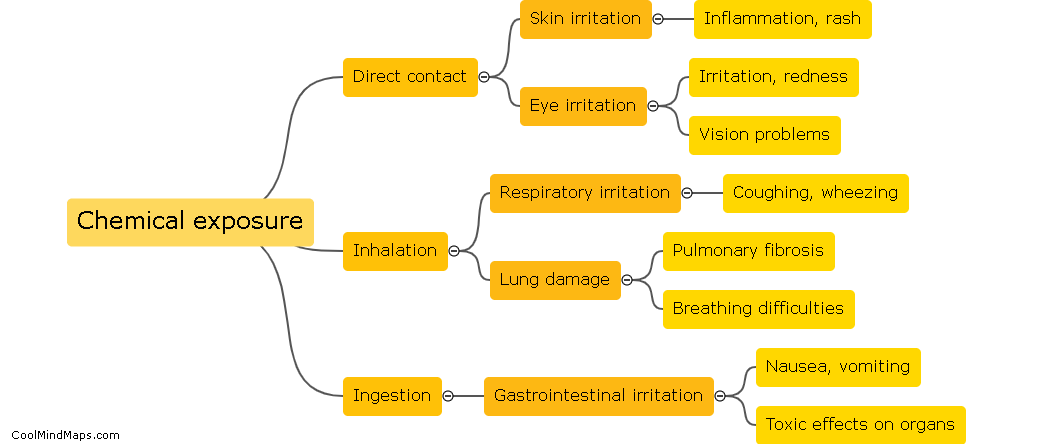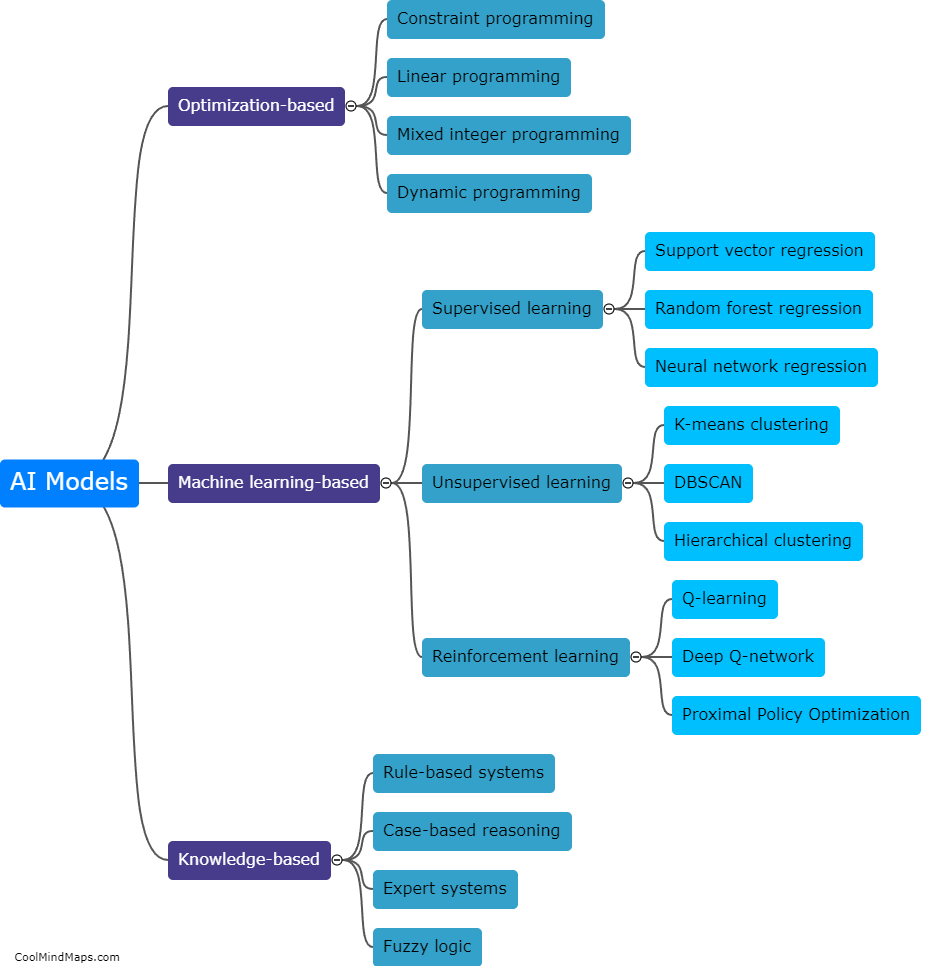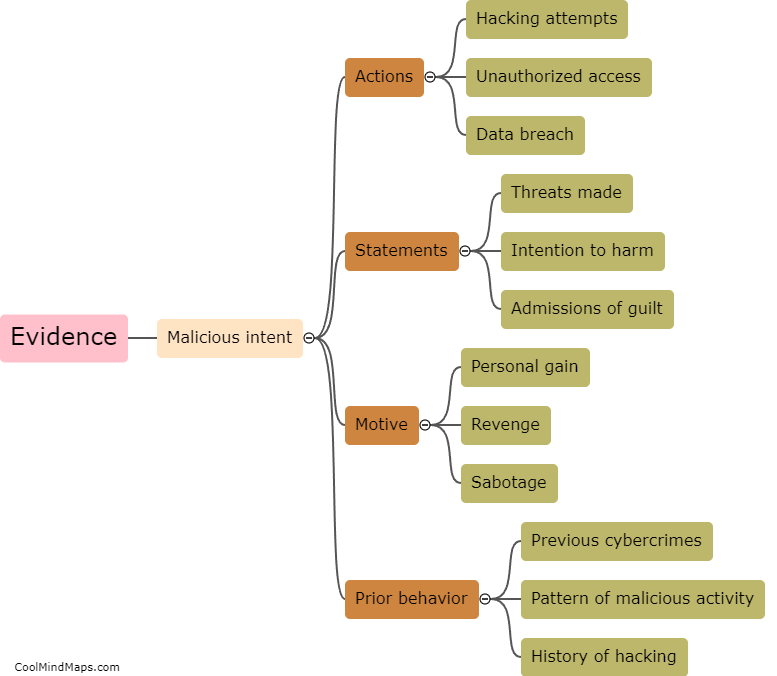How does the evidence show deliberate falsehoods and not innocent lapses?
When examining evidence to determine whether a statement or action was a deliberate falsehood or an innocent lapse, several factors can be considered. One crucial aspect is the intent behind the falsehood, which often involves an assessment of the individual's knowledge or awareness of the truth. If the evidence indicates that the person had access to accurate information or deliberately manipulated facts, it suggests a deliberate falsehood. Additionally, consistent patterns of misinformation or attempts to deceive across multiple instances further support the notion of intentional falsehood. Moreover, the presence of conflicting evidence or inconsistencies within the individual's statements can indicate a deliberate attempt to deceive or mislead. These cumulative pieces of evidence can help distinguish between deliberate falsehoods and innocent lapses.
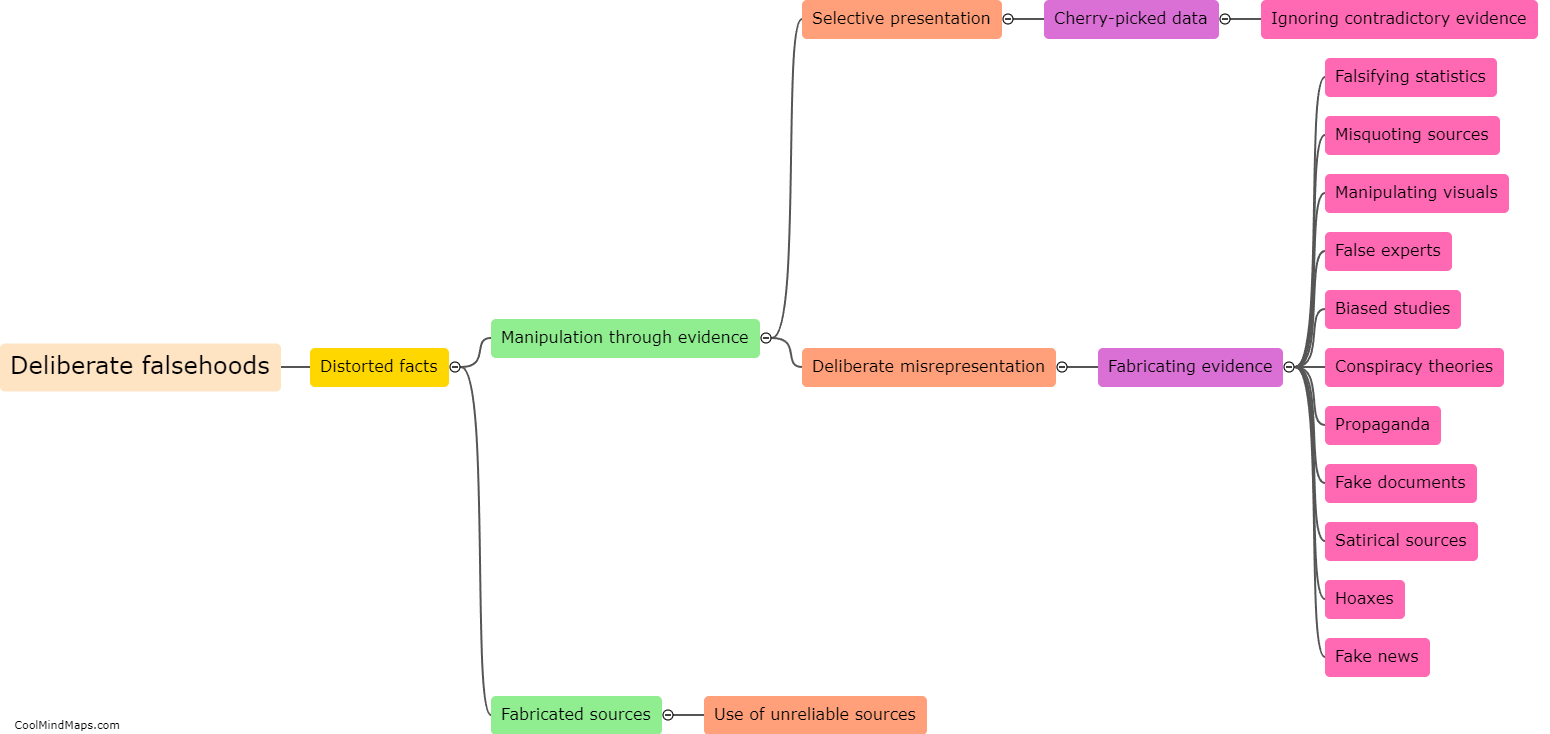
This mind map was published on 17 October 2023 and has been viewed 98 times.

